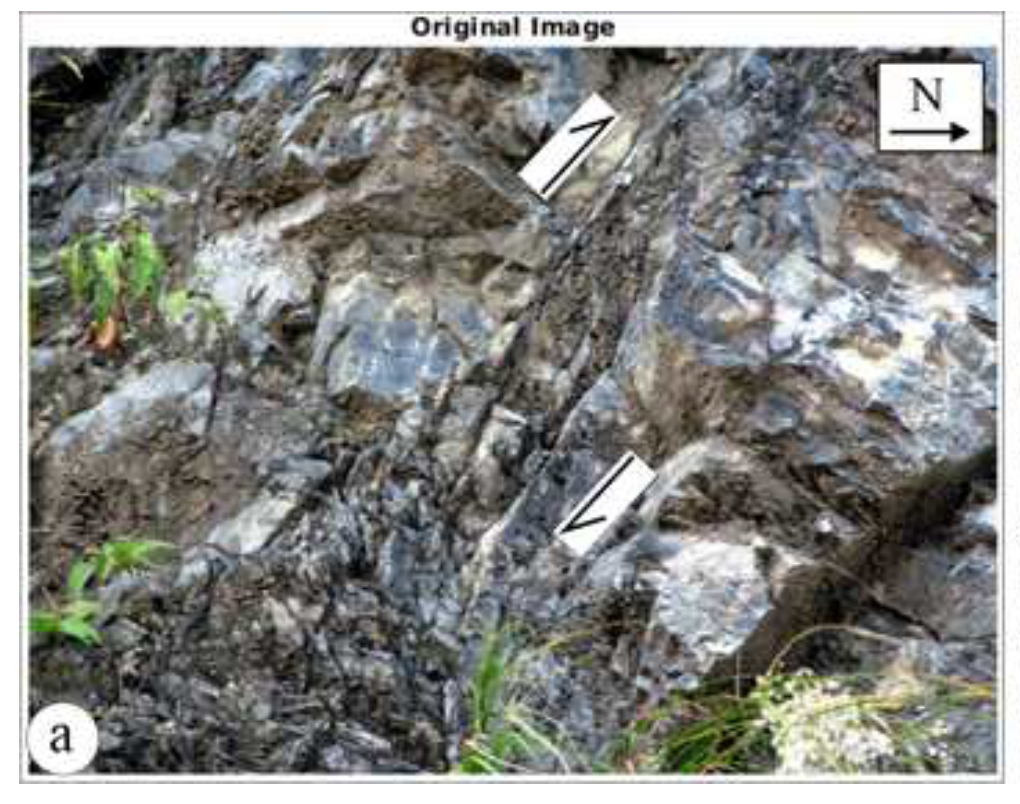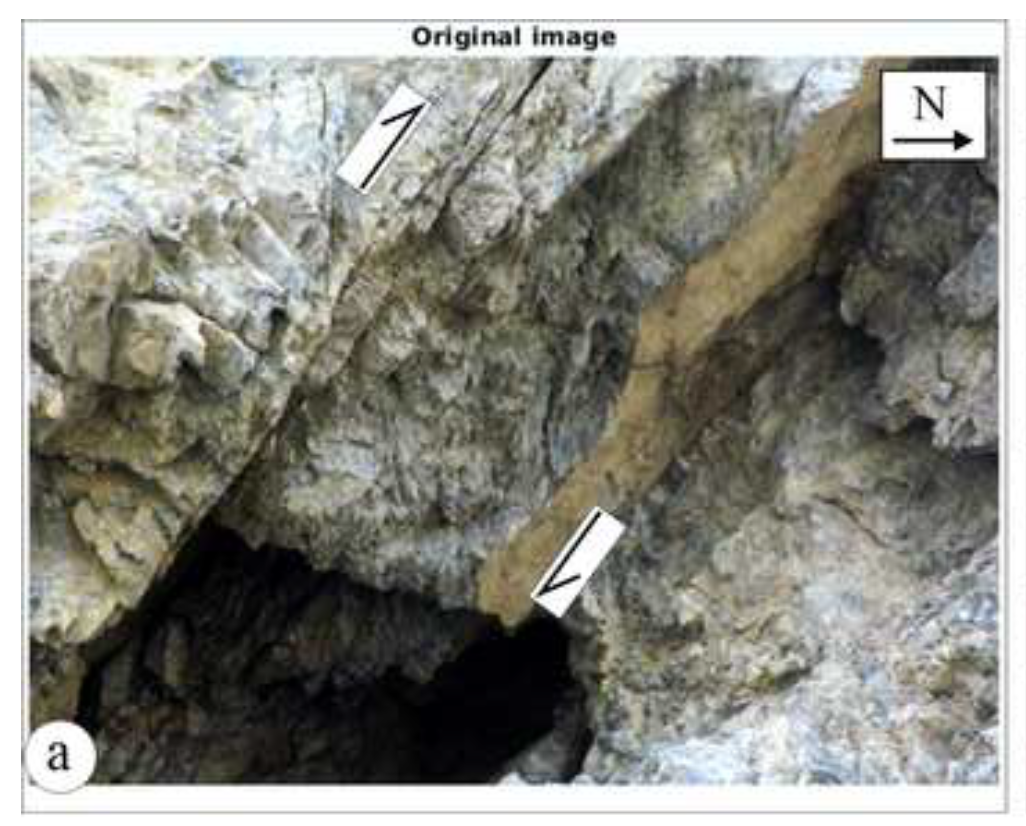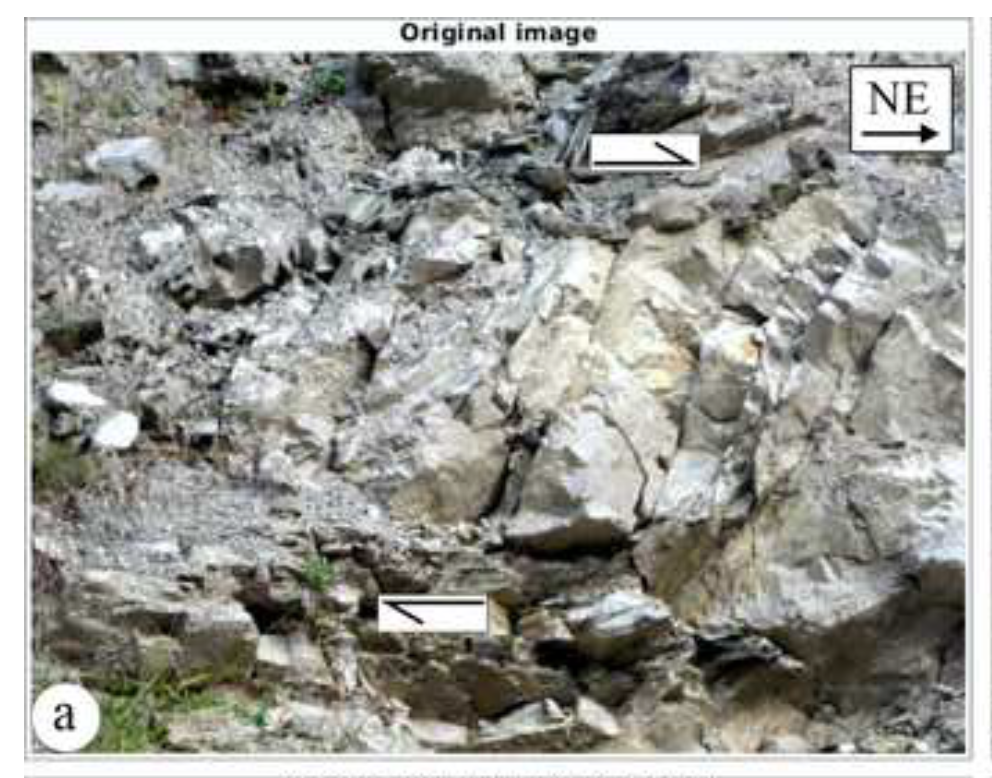Study of structures and fabrics from different scales of observation is an indispensible first step in structural geology. Collecting images of brittle shear zones and discerning the corresponding rock fracture planes with their orientations is a very tedious and expensive process since it’s entirely supervised. For data collection and classification, the geological experts need to carefully observe, capture, label and annotate the mesoscale images. We therefore propose a possible automated approach to better identify geological shear planes. Notwithstanding, a structural geologists’s first identification and categorization of structures in the field or in other scales continues to be indispensible.
Given a set of images, our objective is to classify them based on their crack types in a completely unsupervised fashion. The training and validation set in fracture datasets consists of a few labelled images while the test set, in contrast, is huge, with lots of unlabelled images to classify. We pre-process every image automatically in terms of its orientation with respect to the ground and also crop them appropriately. Edge-detection and quantization methods are used to accurately detect cracks in enhanced images and we then apply few-shot learning to classify them.
We process three selected images of brittle shear zones using various methods, steps and filters. Such an exercise is more effective to detect brittle planes when the planes are not too close-spaced and is devoid of white fault gouge. Edge detection methods using fuzzy logic seems to be one of the best methods to detect shear planes more distinctly.
Methodology
We explore a total of 4 methods and then determine the one which works the best for most of the validation data for the edge detection task. Once the edges are found, we find the lines corresponding to the tracks by thresholding and then get the approximate orientation of the fracture.
A) Image Segmentation
|
|

B) Fuzzy Logic Image Processing
|
|

C) Bilateral Filtering
|
i) spatial distance between x1 and x2 (larger the distance, less the weight) ii) dissimilarity between the intensity values at x1 and x2 (larger the dissimilarity, less the weight) |

D) Comparison between commonly used Edge detection algorithms in Image Processing
|
|

Conclusion and Future Work
With the support of Prof. Mukherjee, I am happy that I could leverage my interdisciplinary perspective to deduce a unique solution to a challenge faced by geologists today. The orientations of the fractures is quite inaccurate since there are many different ways of interpreting which fracture is the most relavant that needs to be considered. I look forward to applying SIFT or some other feature descriptors and thresholding such that this ambiguity could be diminshed. Proj. Mukherjee and I are also working on similar techniques on remote sensing data.


